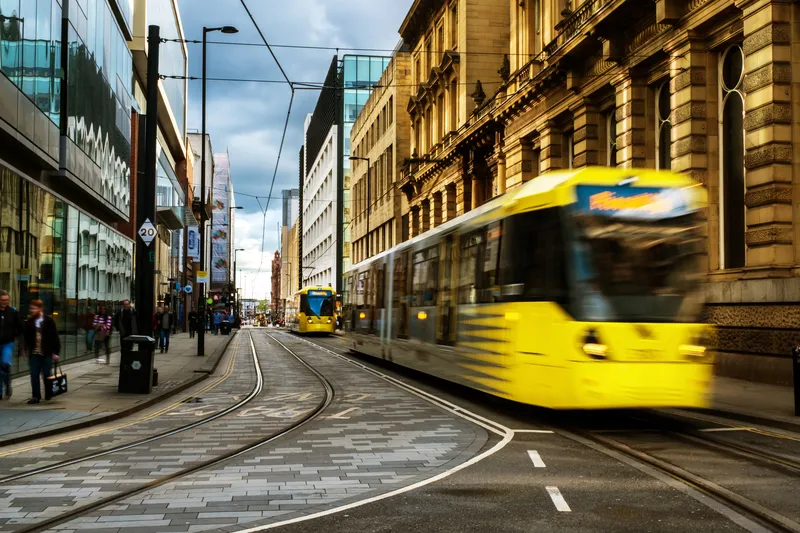To combat particulates caused from electric vehicles’ (EVs) tyre, brake and road abrasion, Mann+Hummel (M+H) has developed a dust filter for five StreetScooter test vehicles used by the Deutsche Post DHL Group in five German city centres. Findings from the trial could be used to provide a basis for broader implementation of the solution.
StreetScooters equipped with the filter are said to generate no carbon dioxide, nitrogen oxide, noise or particulates during driving operations.
The solution has an active filter system and blowers located behind it to direct ambient air to the filters, allowing it to operate even when at a standstill. The filter is positioned on the underbody at the height of the rear axle where the highest concentration of particulates is found near to the vehicle. All filters are equipped with sensors to monitor the efficiency online. M+H records the filtration performance, amount of cleaned air, concentration of particulates and the weather data. It is then sent to a cloud and evaluated by filtration experts.
Mann+Hummel deploys particulate filter to StreetScooter vehicles
To combat particulates caused from electric vehicles’ (EVs) tyre, brake and road abrasion, Mann+Hummel (M+H) has developed a dust filter for five StreetScooter test vehicles used by the Deutsche Post DHL Group in five German city centres. Findings from the trial could be used to provide a basis for broader implementation of the solution. StreetScooters equipped with the filter are said to generate no carbon dioxide, nitrogen oxide, noise or particulates during driving operations. The solution has an
March 28, 2018
Read time: 2 mins










